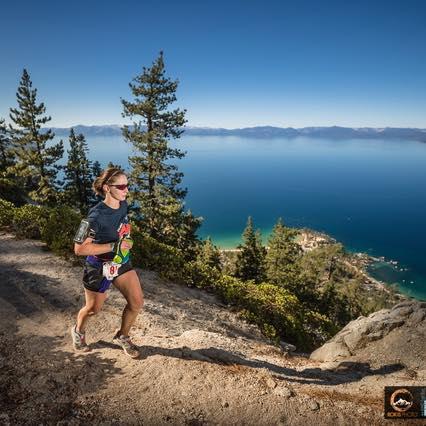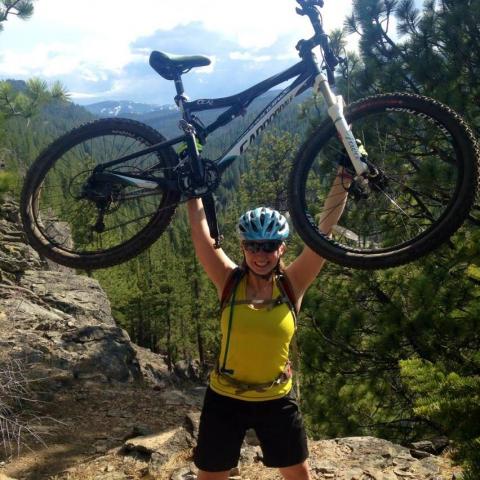Cassie's story
01 January, 2021

According to FORCE (Facing Hereditary Cancer EMPOWERED), a cancer previvor is someone who carries a hereditary mutation, has a family history, or has some other predisposing factor to cancer, but hasn’t had a cancer diagnosis. My previvor story began when I was four years old and my mother was diagnosed with breast cancer.
My mom began annual screening mammograms at age 40 and at the age of 44, a radiologist noticed a very small change from her previous mammogram. After further testing, she was diagnosed with early-stage breast cancer. My mom had surgery and went on to be a 23-year breast cancer survivor. After my mom’s diagnosis, both of my grandmothers and one of my mom’s cousins, also in her early 40s, were all diagnosed with breast cancer.
While all of these women were fortunate that their breast cancers were caught early and were treatable, it raised questions about our family genetics and what screenings I should have and when to begin them. . Not only did I have four family members with a history of breast cancer, but two of them were diagnosed prior to menopause which elevated my risk level even higher. Realizing this, my mom talked with her surgeon about recommendations for me and so began my journey as a previvor.
Based on the recommendations from my mom’s surgeon, I began self-breast exams at age 13 and was reminded often that I should begin screening mammograms at age 30 instead of 40. Throughout the years a lot was learned about breast cancer and genetics. At the age of 26 I decided to undergo genetic testing. Although my genetic panel did not show any mutations of high-risk breast cancer genes, there was a mutation of a gene with a possible link to breast cancer (the ATM gene). As part of the genetic testing process a formal risk assessment was completed and showed that I have a 37% lifetime risk of developing breast cancer (anything above 20% is considered high-risk). Therefore, I still began annual screening mammograms at age 30. I also continue to do self-breast exams and have yearly clinical breast exams by my doctor.
At my last doctor visit, we discussed that I now have a cousin on my mom’s side of the family who has been diagnosed with ovarian cancer. While she is the first to be diagnosed with this, there is a link between breast and ovarian cancers. Similar to mine, her genetic testing did not show any mutations to high-risk breast cancer genes and the couple of mutations she does have are not to the ATM gene. However, my doctor noted that I am also close to being 10-years younger than my mother was at the time of her breast cancer diagnosis. Based on screening recommendations, I will now begin annual breast screening MRIs at the age of 34 to supplement my annual screening mammograms. These imaging tests will be spread out so that I am getting a screening every six months.

So why did I decide to write this story if I am not actually a cancer survivor? Because as previvors we have been affected by cancer in a unique way. In my case, my journey with cancer does not end with being a caregiver to my family members. I will forever have a different screening plan than average risk women and will always be aware of my elevated risk. I write this story in hopes that it helps others; that other previvors do not feel alone in their unique journey and perhaps someone is reading this that never even thought of themselves as a previvor and will now have a conversation with the doctor.
As a previvor, I will continue to do everything I can to prevent and detect cancer early in myself in order to thrive on this journey.
To learn more about hereditary cancer and ways you can advocate for yourself as a Previvor, visit FORCE - Facing Hereditary Cancer Empowered home page (facingourrisk.org).